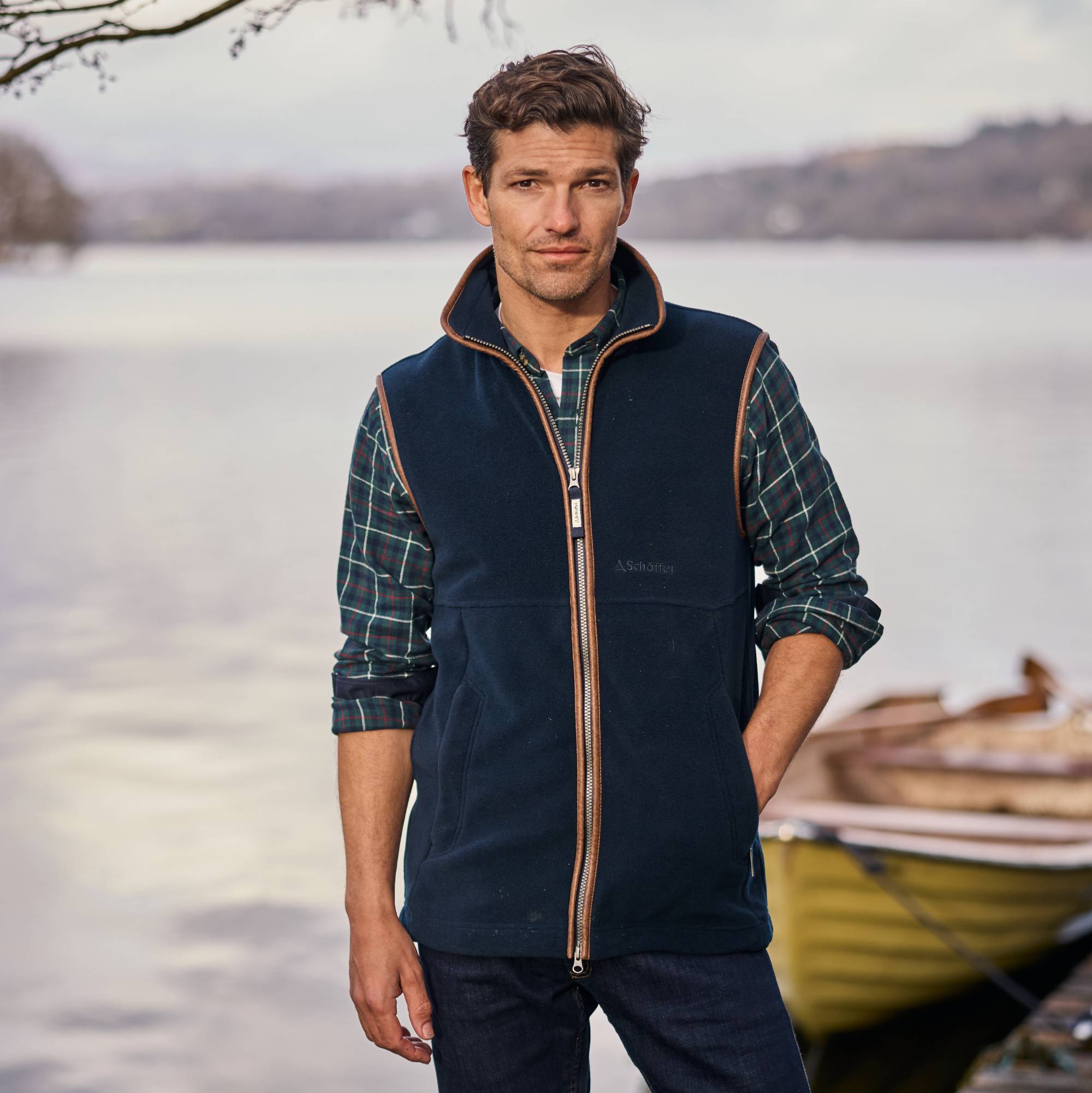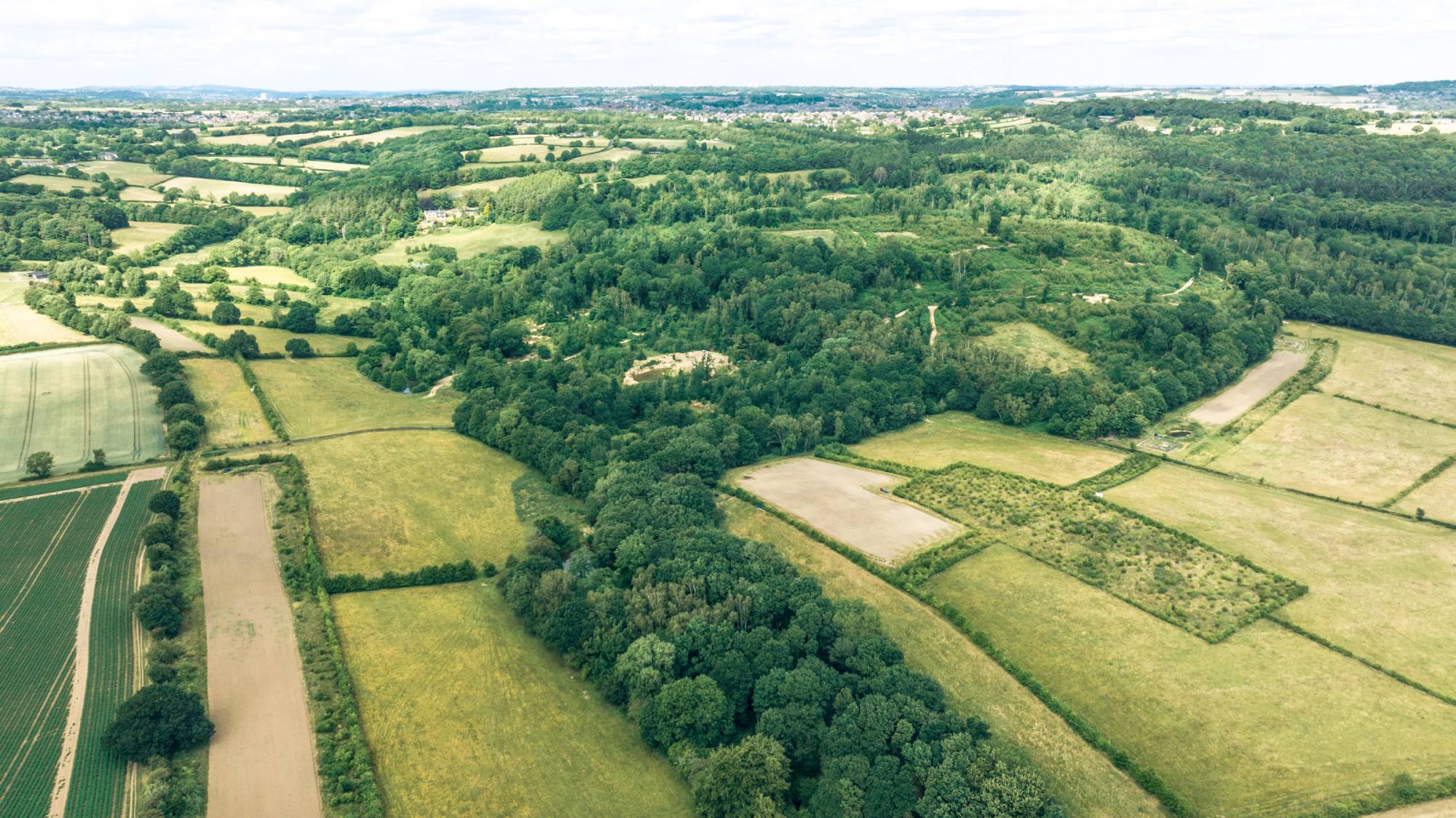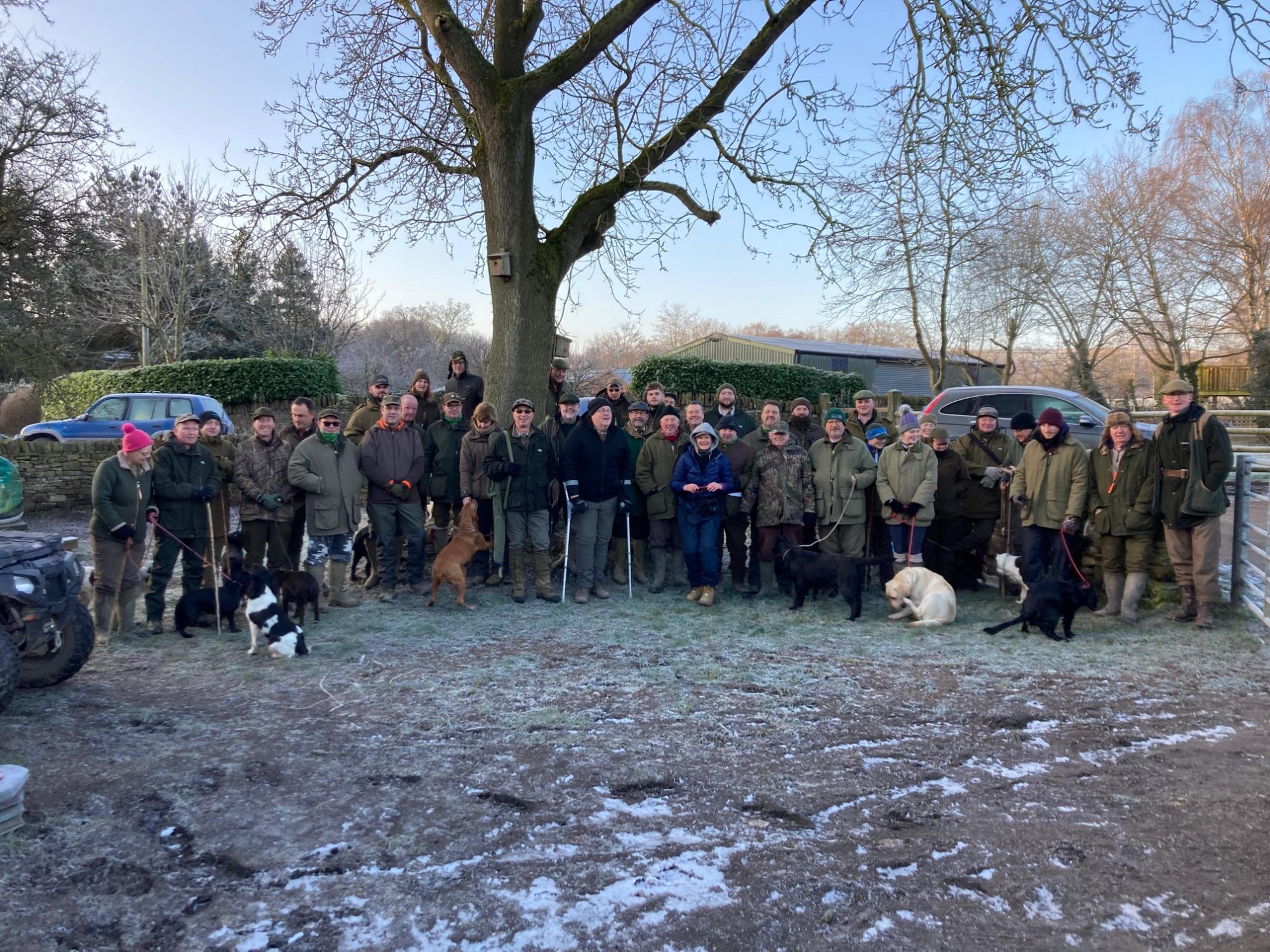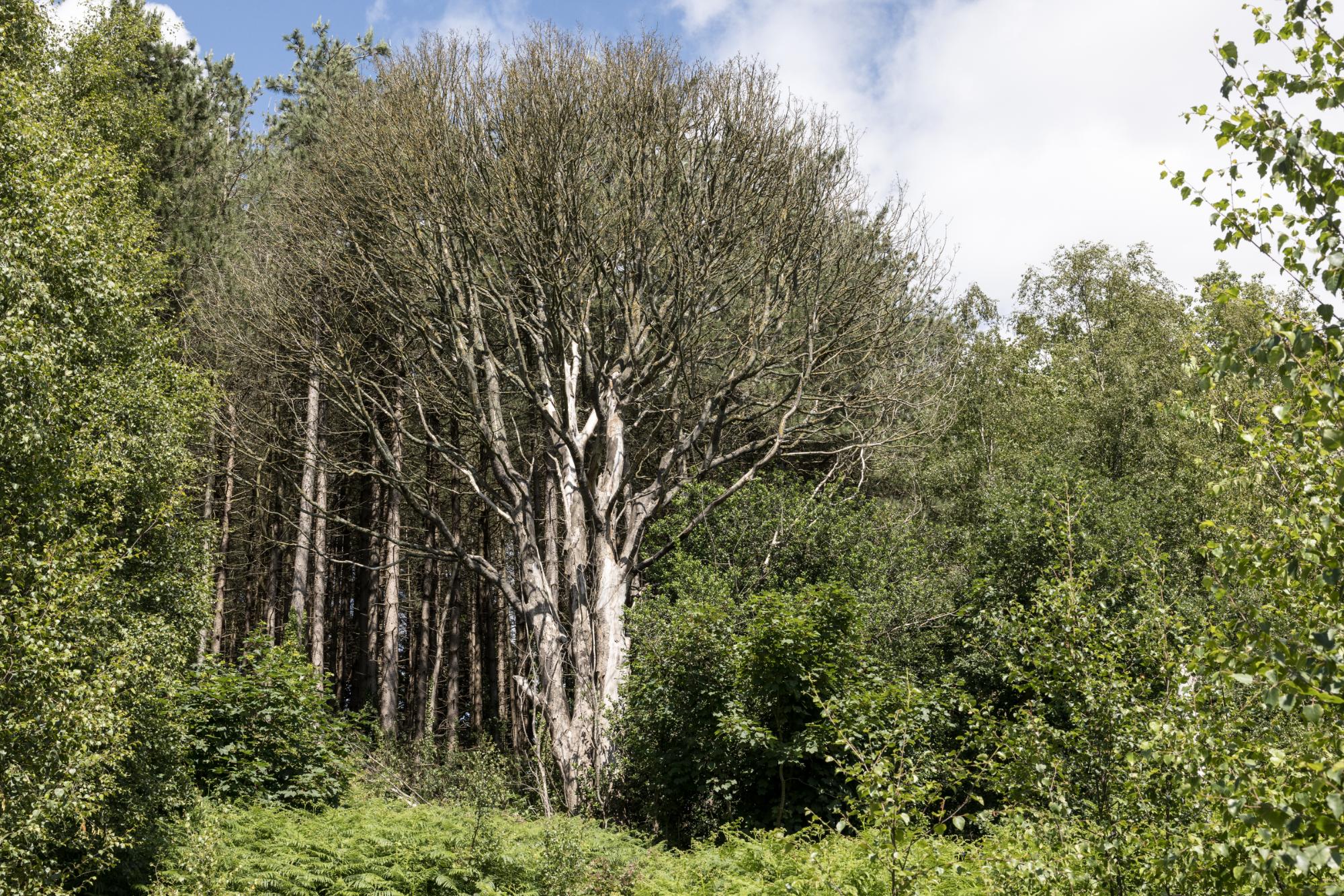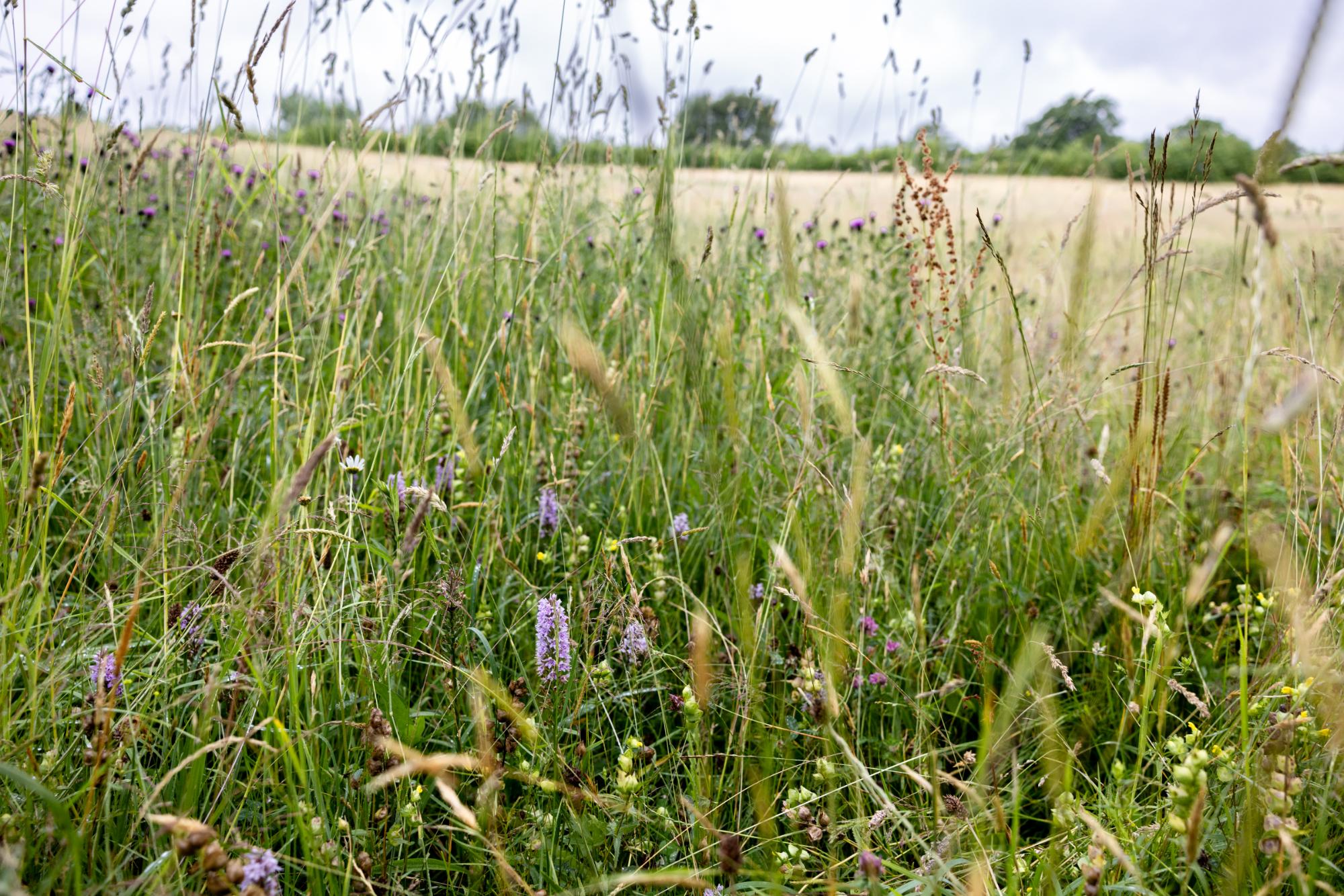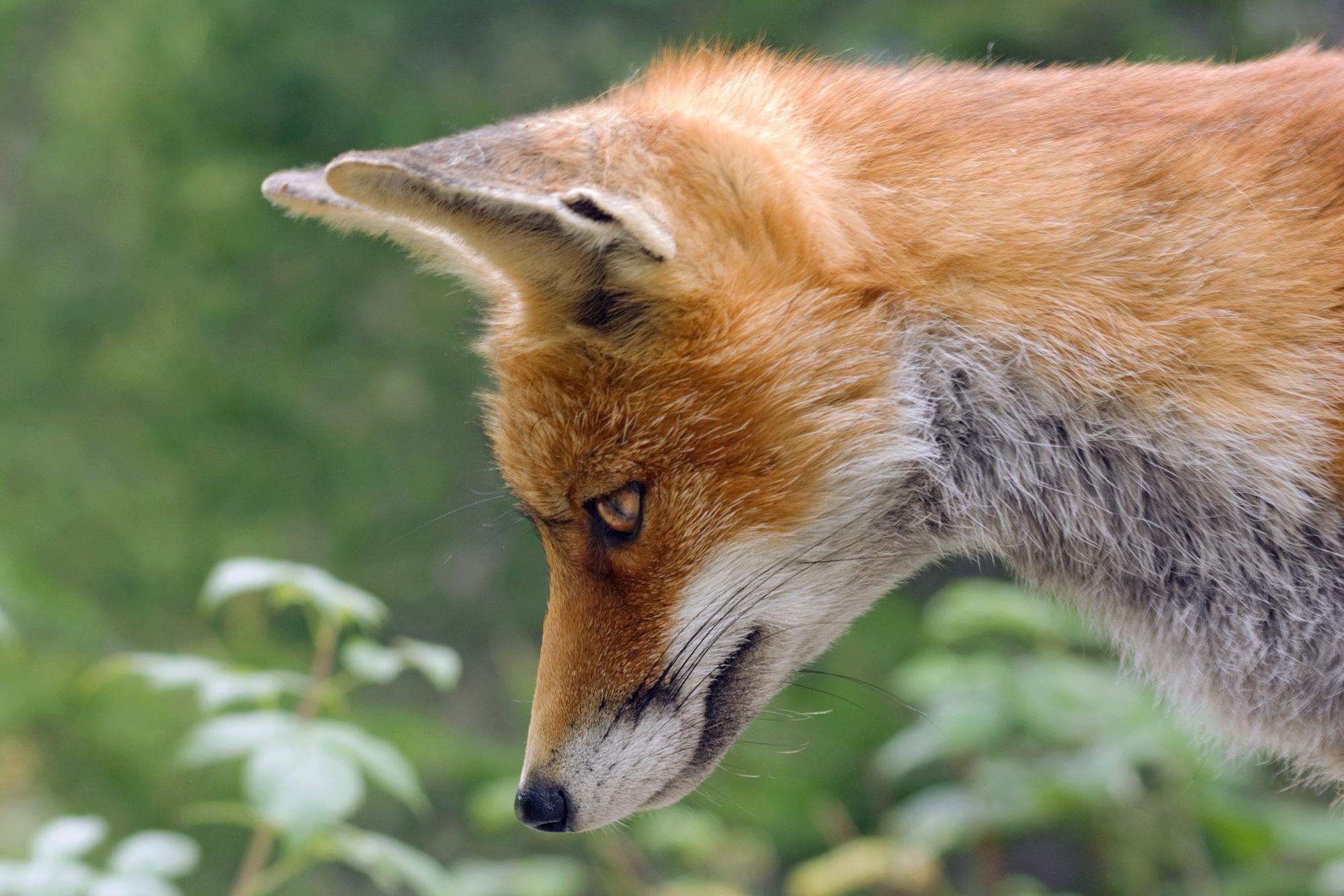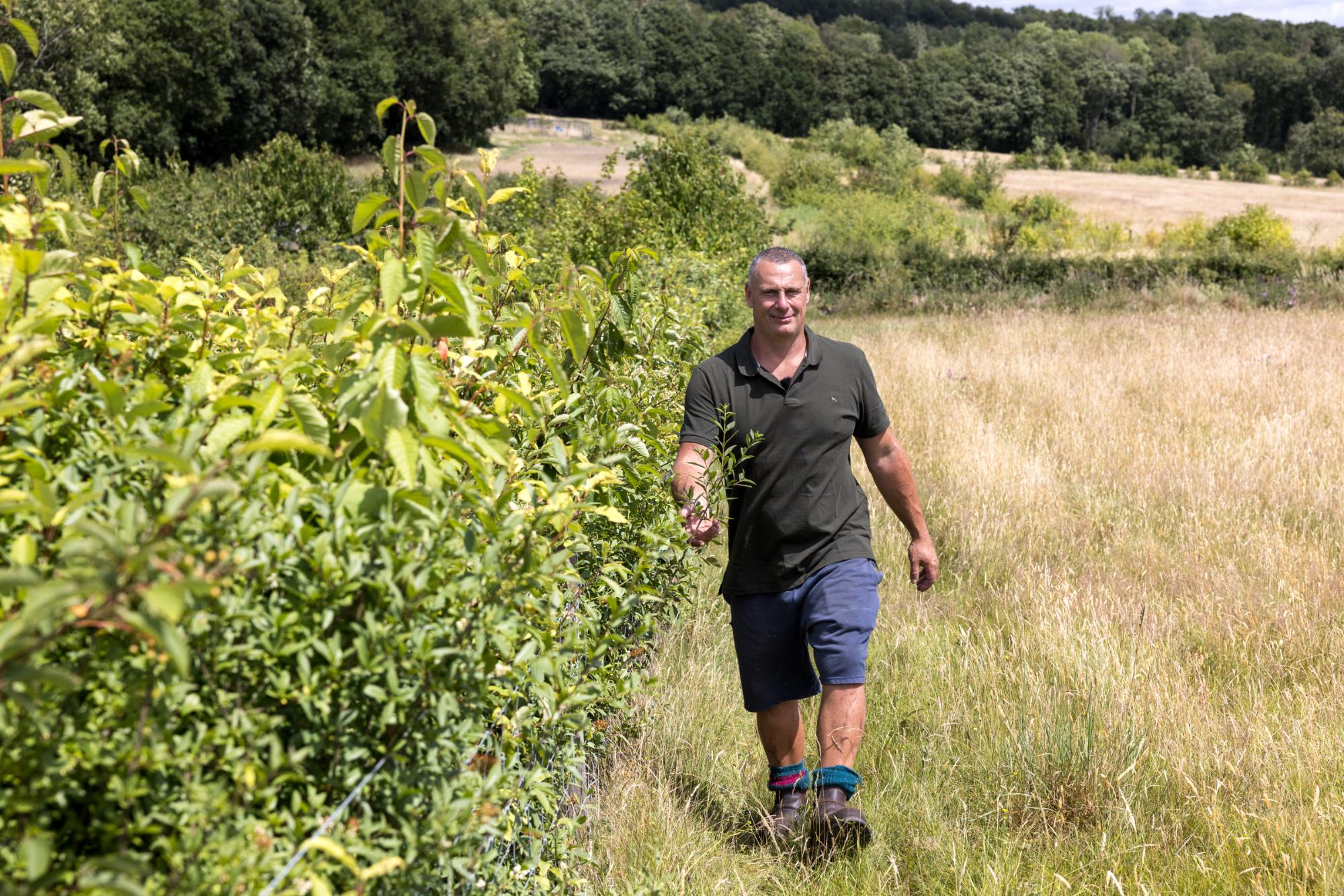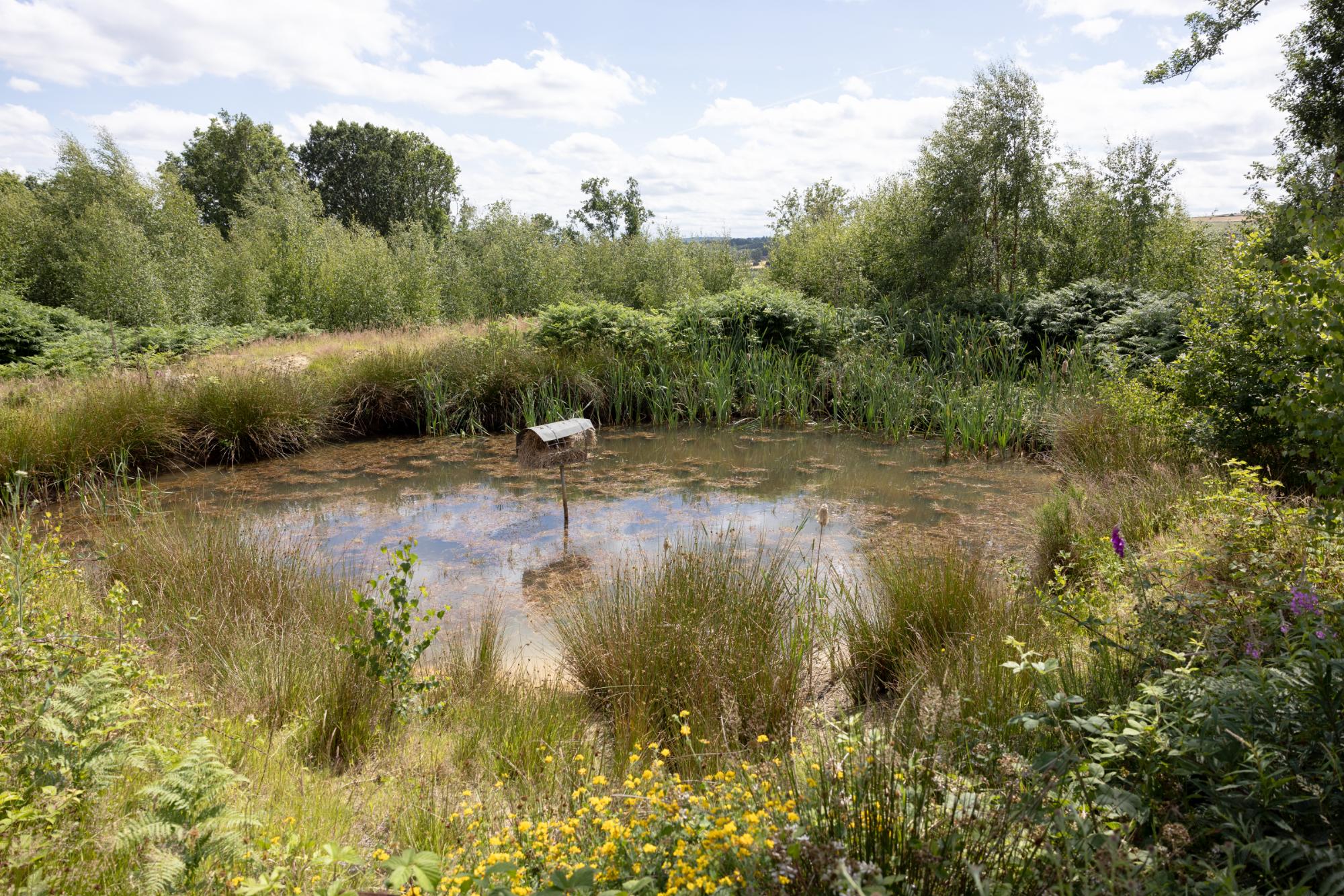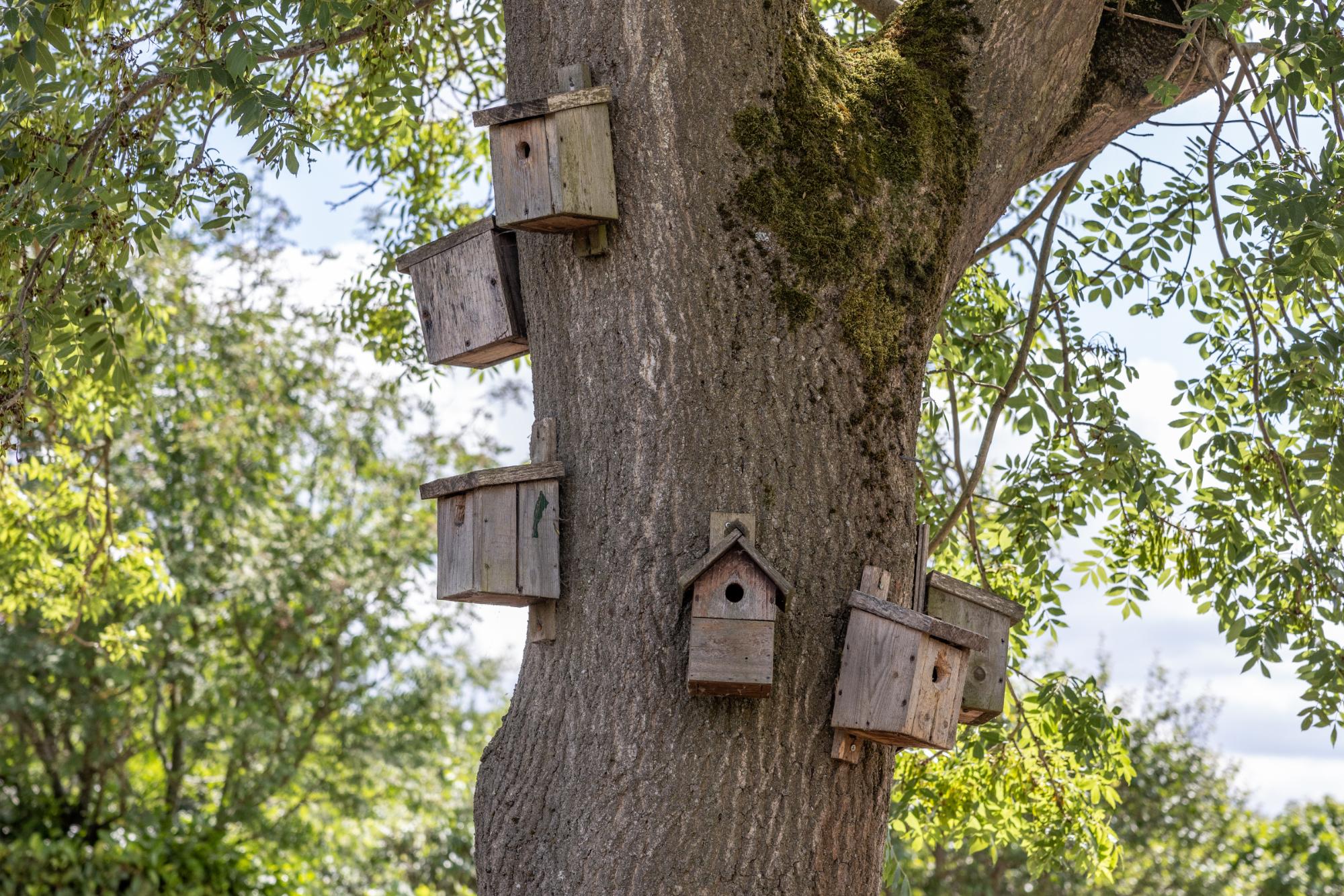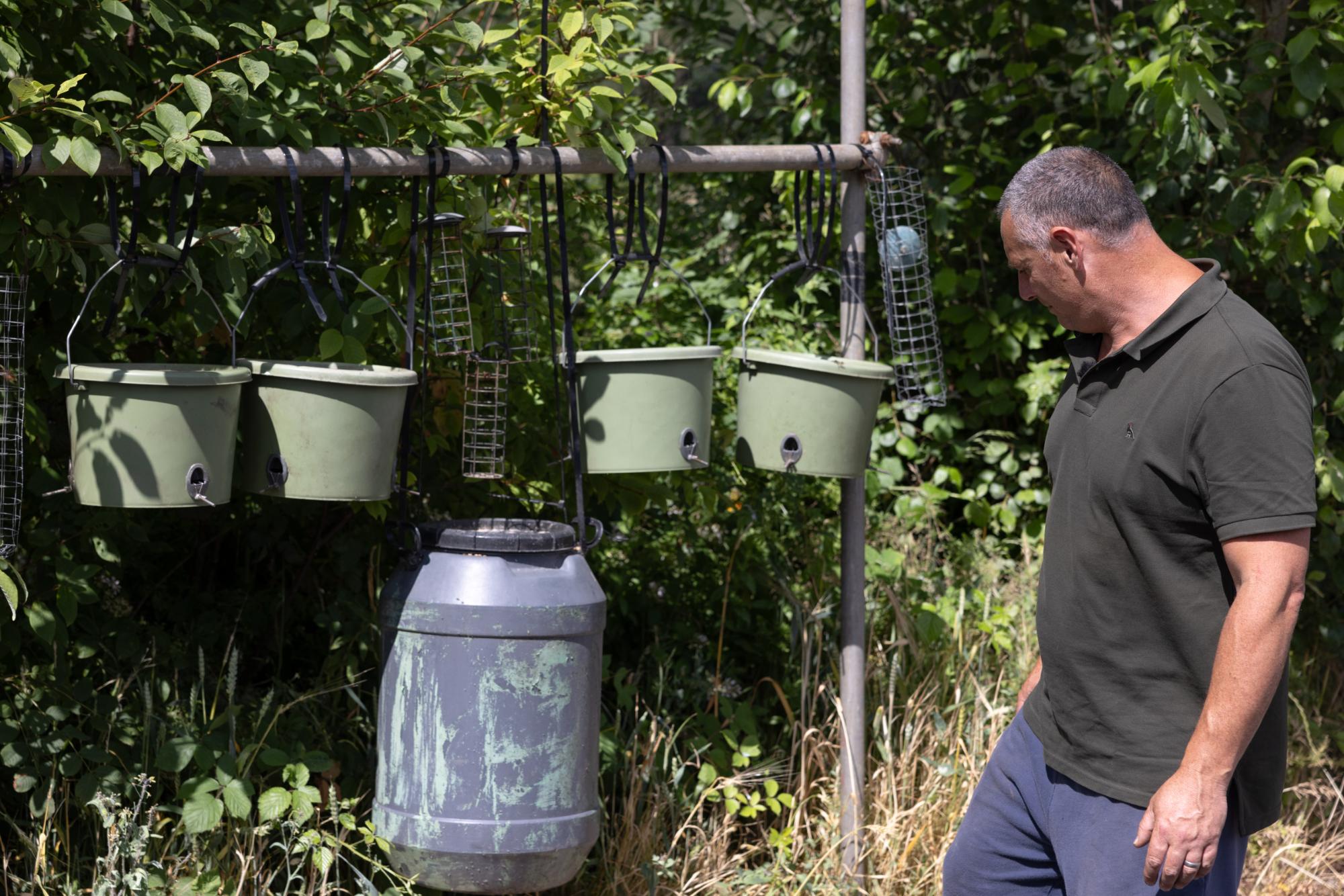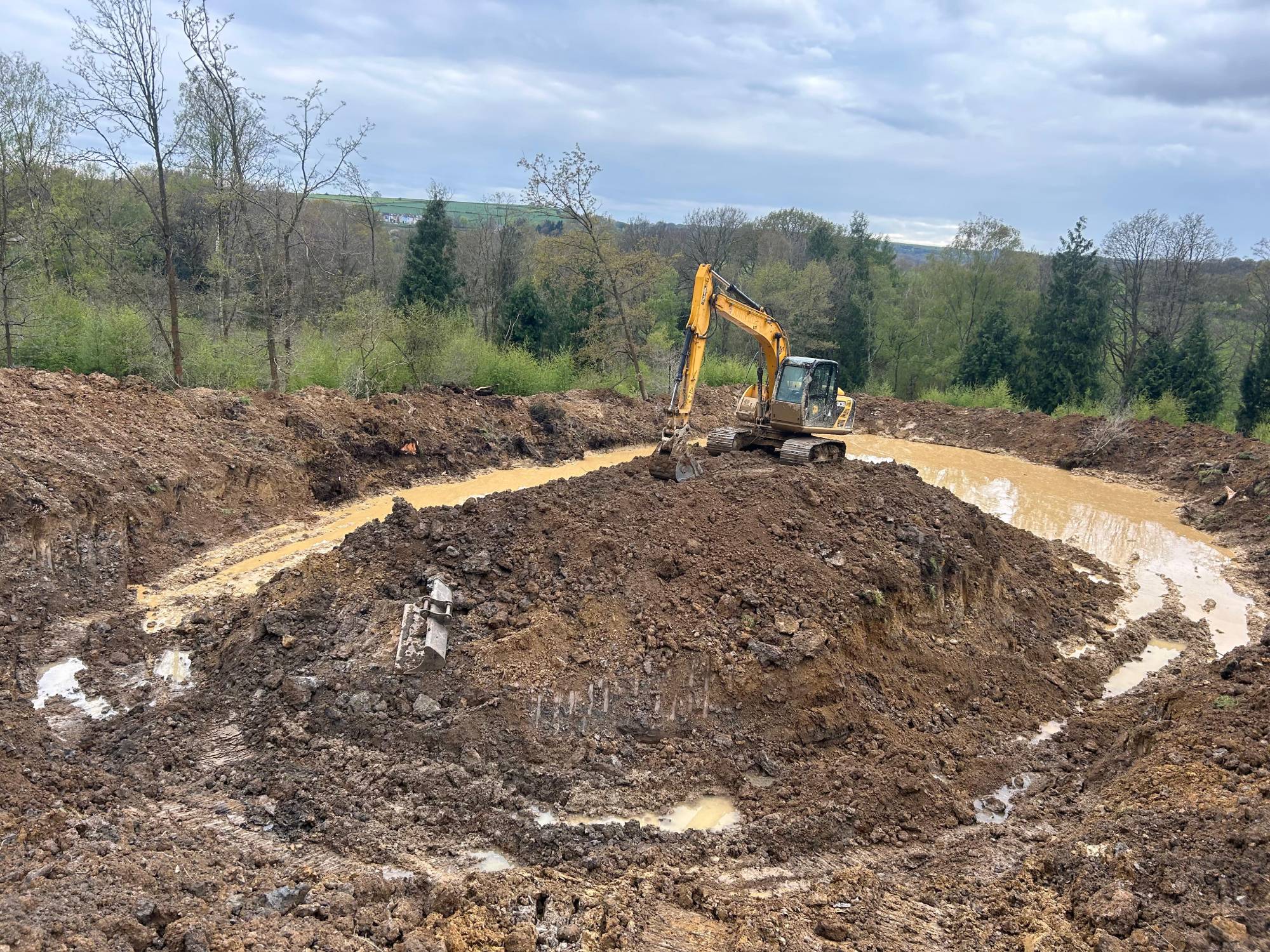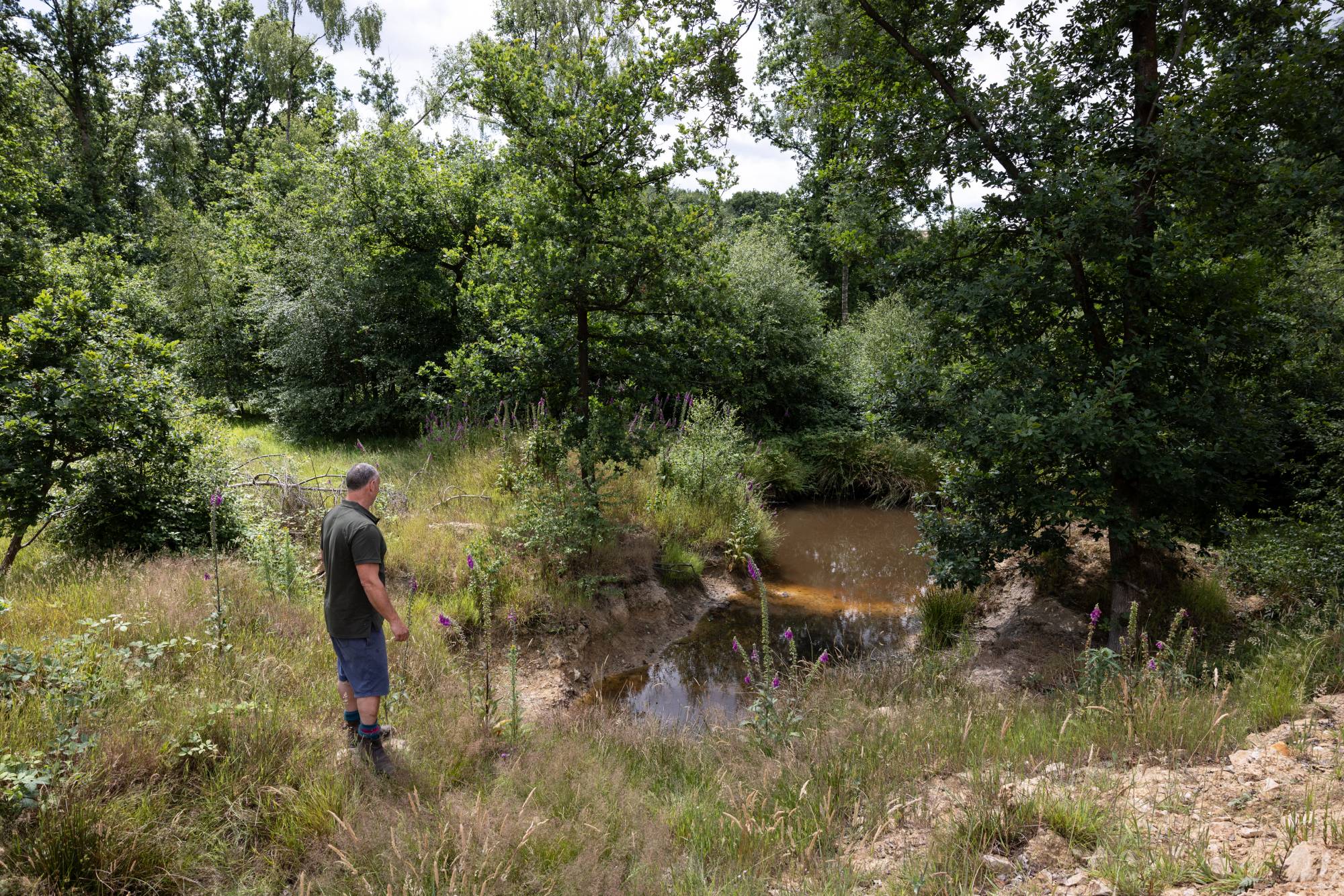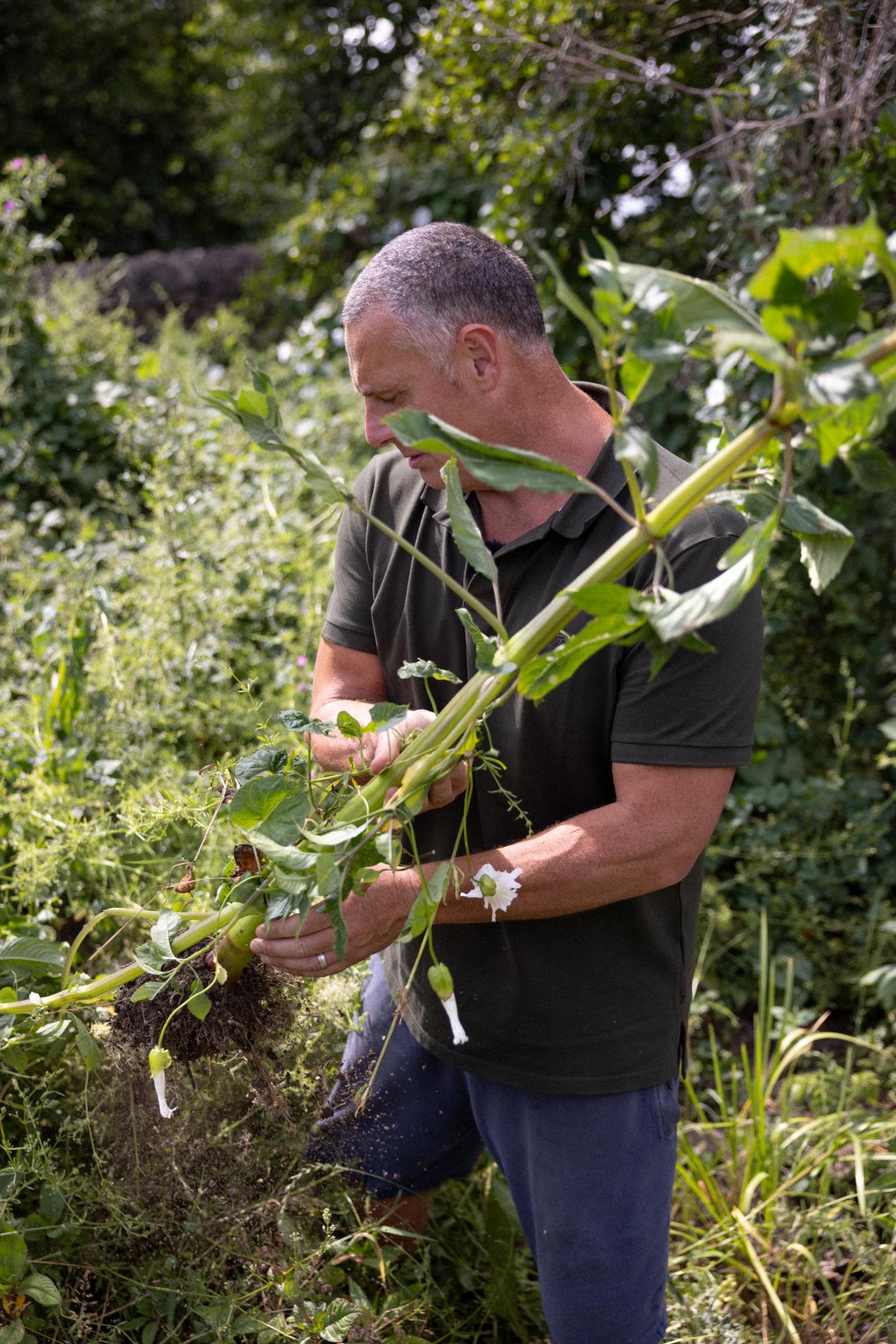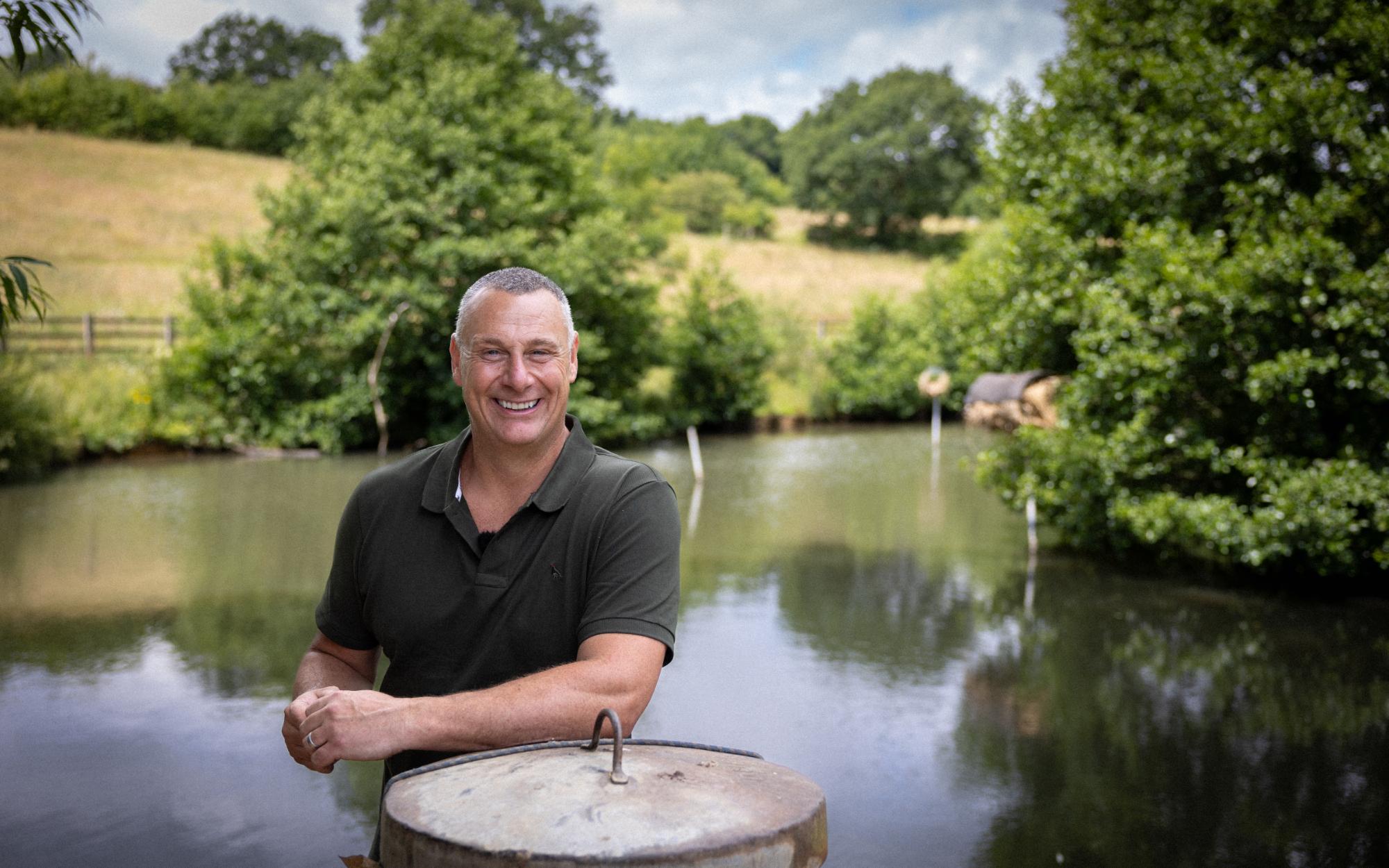

The unsung heroes of the countryside | Episode 1: Jim Allsop
Join us as we visit Jim Allsop, one of our finalists in the Working Conservationist category of this year’s Schöffel Countryside Awards, and learn all about how his relentless drive and ability to bring people together has transformed an area of rural Britain into a haven for wildlife.
I can’t have been more than five minutes from the centre of Chesterfield when I first shook Jim Allsop’s hand. We were in a car park, surrounded by machinery and materials. Feeders and bird boxes scattered the ground. Soon they’d be deployed to the 270 acres that rose up and away from us toward the A61.
Jim is one of life’s ‘doers’. He gets stuff done. And evidence of that now grows, lives, flourishes and thrives in the oasis that has benefited from his energy since 2016.
I’ll leave the long and detailed appraisal of Monk Wood Shoot – Jim’s pride and joy – to our Schöffel Countryside Awards judges, who’ve been visiting finalists from across our six award categories for the past month. What I really wanted to glean from my time with Jim, was where his passion and drive comes from. What motivates him? How might his outlook on ‘working conservation’ differ? And what can we learn from that?
Relentless passion
Jim Allsop isn’t your typical landowner. Until recently, he had a full-time job in sales at a vehicle auction house. When Monk Wood, a patch of Derbyshire he grew up shooting and beating on, fell into his hands, he would start a relentless and remarkable campaign of nature recovery, intent on boosting biodiversity.
Since that day, with a can-do attitude that smashes through obstacles like a keen cocker through brambles, the place has been utterly transformed. “I saw a real opportunity to put my stamp on it,” Jim explained as we rattled uphill in his truck, toward a mass of colour. His four spaniels shuffled in the back and loose bird seed danced on the dusty seats.
“I'd visited different farms and estates and seen more wildlife on them. And I thought, well, I love wildlife, I love being out in it, why don't I try emulating some of what I'm seeing?”
So he did. And some...
Bringing people together
The way Jim talks, you’d think he’d inherited a simple blank canvas in Monk Wood. The reality, though, is very different. What he has created didn’t come about through straightforward plans and easy wins but a great deal of graft, teamwork, and just giving things a go.
Indeed, his first ‘big’ job would drastically change both the look of the landscape and future opportunities. “We discovered we were eligible for a grant to build a logging track – a circuit round the wood,” Jim explained. “It might not sound exciting, but it was a pivotal moment. Up until then, most Saturday work parties would be spent digging a Land Rover out of its latest hole!”
There was a catch: to qualify for the grant, the work – which mainly consisted of woodland clearance – would have to be completed before a fast-approaching deadline.
Jim readily admits he didn’t have the cash to pay a contractor. What he did have, though, was a group of like-minded friends who shot, picked up and comprised the beating line on his game shooting syndicate throughout the season. “Every spare hour we had for the next two months, was spent chopping, cutting, carting and carrying. It was a momentous effort,” said Jim. “People have been my number one resource here. There’s no doubt about that.”
They finished the work on time and the access track was laid. It was a game-changer. Suddenly, jobs previously considered impossible were on the cards. A large parcel of larch and Corsican pine, for example, was removed not long after with the approval and help of the Forestry Commission – 8,000 tonnes of timber in total – opening up a barren monoculture and generating cash that Jim would reinvest straight back into the land.
A book could be written about the results of that reinvestment. And, just half an hour into the visit, as Jim relayed the story of how Monk Wood’s transformation began, I couldn’t help but think I’d already happened upon a key factor so central to it all.
People... It was people – his father, his grandfather, and a certain Derek Roe – who mentored Jim when he was a young lad, nurturing his interest and growing his passion for the countryside. It was people who, no doubt buoyed by Jim’s infectious enthusiasm, came together to meet that deadline for the logging track. Still now, people help him with predator control and work parties throughout the year. He has now become mentor to several youngsters. At every twist and turn of Jim’s journey, other people have featured.
Indeed, what Jim lacks in resources he makes up for in relationships. Not just with members of his shooting syndicate, but farmers who help plant his game crops and cut his hay, botanists who survey his meadows, ornithologists who marvel at the bird life, and the countless others, from the Wildlife Trust he is working on a great crested newt project with, to the local scout group with whom Jim has engaged. “I’m very lucky,” he said more than once, “to be surrounded by people who share my mindset. Not least my wife, Catherine.”
Jim’s ability to take others on his journey, so it becomes their journey too, continues to pay dividends. Not just financially – it should be noted that 20 per cent of the shooting syndicate’s funds are allocated to conservation – but for the locals, many of whom were outraged when they first set eyes on the clear-fell site.
“I think communication and allaying fears early is key,” Jim reckoned. “When we were removing all that timber, for example, I simply asked those who I bumped into on the footpaths to bear with me, to trust in the bigger picture.
“I explained what we were doing and why, and I encouraged them to take a look at our bird feeders, to come and see us feed down the hard tracks in winter, and to listen to the birds singing in the trees. You know, spend a little bit of time here.
“So many people walk around woodland and farmland with mobile phones in their hands nowadays. This should be the soundtrack,” he gestured, looking around us, “... the birds singing, the insects buzzing... This is why we do what we do.”
Some of those locals Jim has met walking through the woodlands have even gone on to become stalwart members of his motley crew...
“I’d often see a chap walking his dog along here,” Jim explained, pointing to a block of wild bird mix, bright-blue with chicory. “The dog was always hunting a long way in front of him, away from the footpaths.
“One morning, just a day after I’d politely asked him to keep his dog under close control so not to disturb the game and wildlife, I saw him again, doing exactly the same thing, so I pulled up the truck and said ‘if your dog is that keen on working, why not actually come and work it?’
“‘What do you mean?’ he said. I replied: ‘Well, why not bring your dog shooting?’
“He was adamant that he wasn’t interested, but I invited him along anyway. The shooting season had just started. ‘We meet at 8 o’clock on Saturday morning for a coffee and a bacon sandwich in the car park at the bottom,’ I told him. ‘If you don’t like it, you don’t have to come again.’
“Anyway, he turned up! And he’s been every weekend since for the last six years. We’ve become great friends. In fact, he is now my go-to hedgelayer. Happy days.”
Spreading the word
Admirably, Jim goes to great lengths to connect with and share his views with his neighbouring landowners, too. “Working together is so beneficial,” he said. “This is just 270 acres, a tiny pinprick on a map, so any adjacent work for wildlife is a real bonus.
“I have a neighbour who is now doing supplementary feeding, a neighbour who is putting a few ponds in, and a neighbour who is just at the start of an exciting wildflower meadow project of their own.
“The more we can collaborate, the better the results. And the same goes for working with these big conservation organisations. If we can share knowledge, and if they can see the benefits that shooting brings to biodiversity, it’s a win-win.
“We can all get involved in conservation,” he added. “Whether that’s organising a litter pick or leaving your lawn for ‘no-mow May’.”
Awareness is a big thing for Jim, and local councillors and politicians are among those who can expect to hear from him when he has a view or an experience to share. “I've hosted MPs and councillors here,” he told me. “I've shown them the benefits of shooting and the increases in biodiversity first hand. I've discussed how mental and physical health benefits from being out in the countryside. I've told them about the community and friendships that country pursuits bring.
“I’m all for being proactive like that. We have a voice, and we need to use it, so I encourage others to do the same.”
The bug
It seems Jim’s roll-up-your-sleeves-and-get-stuck in attitude applies to every aspect of what he does. And that stems from pure, raw enthusiasm.
“I’m always excited to see what might be around the next corner, or on the next feeder,” he beamed as we turned into one of several wildflower meadows on the farm that, combined, cover 70 acres. “Enthusiasm lets you off so many other sins,” he added. “You might not be the best at x, y, or z, but if you're enthusiastic, and you're trying your hardest, that goes a very long way.”
When I asked if he found one thing particularly rewarding, Jim struggled for an answer. “Is it shooting a pheasant on a peg?” he wondered aloud. “Is it seeing the barn owls hunting the new hedgerows that we've planted? Is it watching the swallows dipping in and out of swarms of insects, or house martins taking mud from a pond that we've dug? Is it the wild mallard nesting in the duck tubes that we've erected? To pick one thing is impossible...
“I suppose regular sightings of birds of prey has to be up there,” he decided after a short pause. “We see the usual suspects, like buzzards, sparrowhawks, tawny owls, kestrels, barn owls and little owls. But we’ve also had peregrine falcons, merlin, hobbies, and even an osprey!
“What I do know, is that once the bug bites, you want to create more. You want to do more. Whether it's planting a hedge, digging a pond, or helping wildflowers flourish,” he held his arms out, with a piece of just-uprooted bracken in one fist. “It becomes addictive!”
There are countless examples of how Jim’s drive has translated to big changes at Monk Wood: five miles of hedgerows and shelterbelts have been planted, two miles have been laid, 50,000 trees have been planted, 20 acres of wild bird plots have been established, hundreds of bird nest boxes and duck tubes have been erected... the list goes on. But it was the 35 ponds and scrapes he has created – and how he has gone about creating them – that, for me, exemplifies his willingness to just give things a go.
“Our first pond was dug by a contractor,” Jim explained, now standing on the gently sloping margin of a splash a few times the size of his truck. “I got the bill, pulled the face, paid it, and thought, ‘right, yeah, fair play, I'm not going to be able to afford to build many of them...’
“And then one of the lads said, ‘Well, why don't you buy a digger?’. I just laughed at him. ‘Buy a digger? What do you mean?’ He said: ‘Well, why don't you buy a digger? Learn how to drive it, and the world's your oyster then – you can just crack on.”
The very next day, having never sat on a digger, Jim bought a 13- tonne JCB. “I jumped on it, dug a hole, got off it, then backed the Land Rover straight into the hole!” he laughed. “Fortunately, 13 lads came and helped push it out.”
Before long, though, he’d scooped out more holes – some big, some small – of various shapes and profiles. “I was soon using the machine to clear bramble in the woodland, and widen rides too,” he added. “In May,” he gestured, turning to the wood behind us, “this was a sea of bluebells. Listening to the little pig grunt of roding woodcock and the churring of nightjar is reward enough for the many hours spent sat in the seat.”
Every effort Jim makes, big or small, seems to stem from an opportunistic outlook rather than meticulous planning. It's an awareness of the bigger picture and a trust that results will follow. And it's not being scared to make a bit of a mess. Conservation needn’t be neat and tidy – in fact, often it’s quite the opposite.
“Luckily,” said Jim, as we passed under the dappled shade of a towering oak and back toward where we first met, “it’s not rocket science.” He turned and smiled. “It’s just rolling your sleeves up and giving it some, isn’t it?”
Jim wanted to take the opportunity to thank all those people who have helped him at Monk Wood over the years: Catherine Allsop, Aileen Allsop, Alan Sheldon, Ben Sheldon, Dave Lynch, Paul Kirk, John Bates – our keeper, Monday and Friday Al, Paul Kirk, John Marples, Pete Spragg, Richard Palmer, Alan Bonsall, Mary Palmer, Ian Long, Ian ‘The Horse Person’ Williams, Mick Elcock, Stuart Whightman, Tracey Elcock, Mark Atkin, John Wray, Pete Coddington, Dave Pilgrim, Wiliam Thornhill, Chris Riggot, Andy Bailes, Paul Fretwell, Graham Green, Jodie Wray, Craig Fletcher, Sev Risorto, and BASC’s Murray Woodward.
What the science says...
Our partners at the Game & Wildlife Conservation Trust have conducted countless studies and extensive research relating to many of the topics referenced in this article. Here are a few links that you may find interesting:
What is predator control and why is it an important tool in conservation?
https://www.gwct.org.uk/game/research/predation-control/
How to create and manage hedgerows for wildlife?
https://www.gwct.org.uk/advisory/faqs/hedgerows/
Top tips for woodland management:
https://www.schoffelcountry.com/blogs/the-ruralist/10-ways-to-increase-biodiversity-in-a-woodland
How can ponds help wildlife?
https://www.gwct.org.uk/news/news/2020/june/dig-ponds-to-save-uk%E2%80%99s-rare-wetland-plants/
What is supplementary feeding, and what is the best way to do it?
https://www.gwct.org.uk/advisory/guides/successful-gamebird-and-songbird-feeding/

